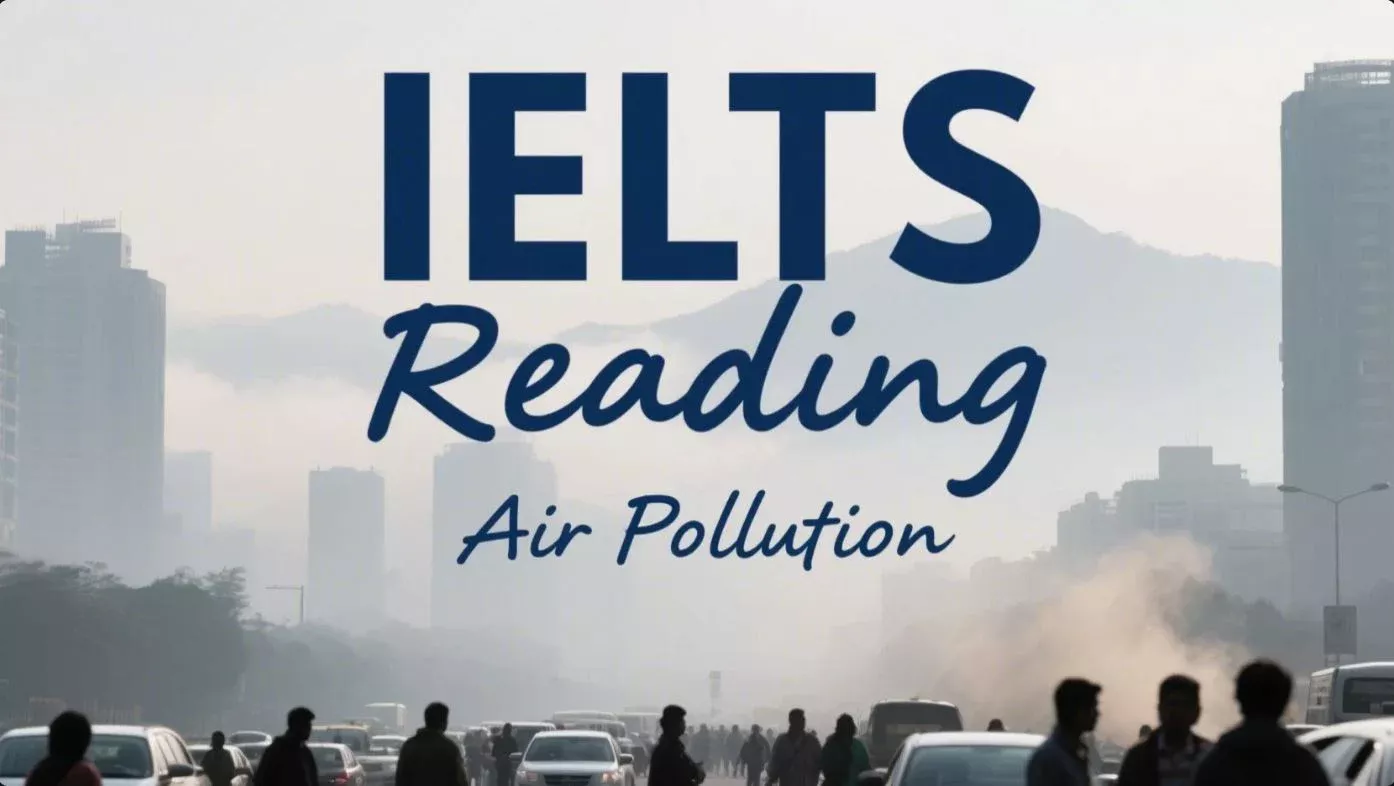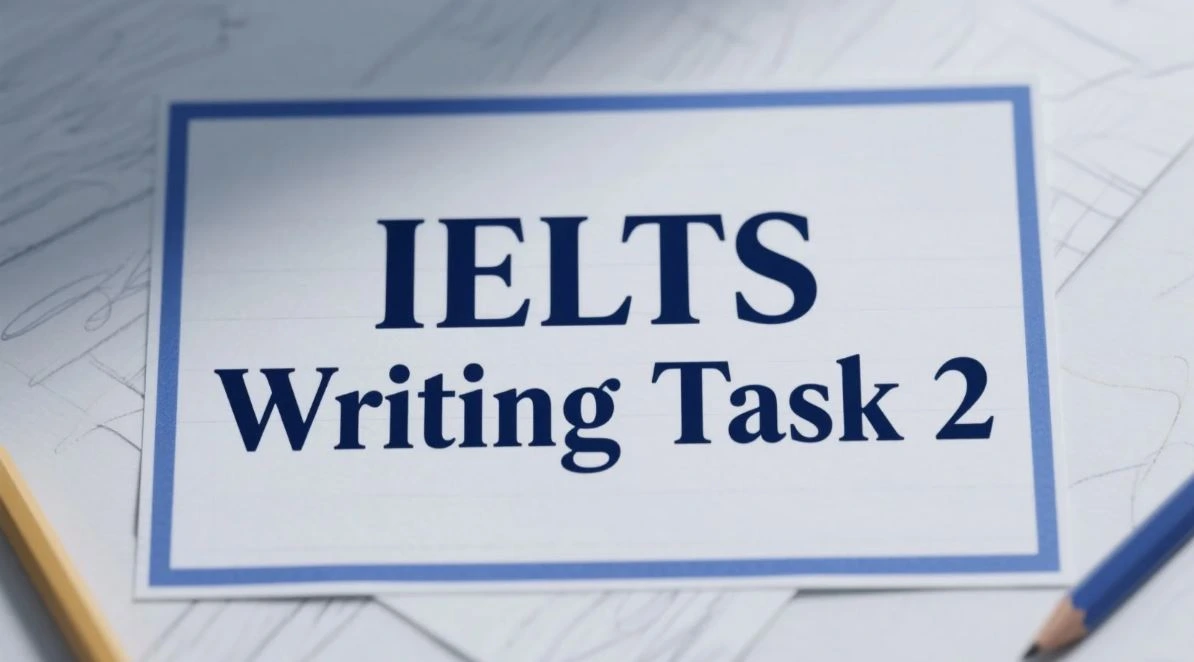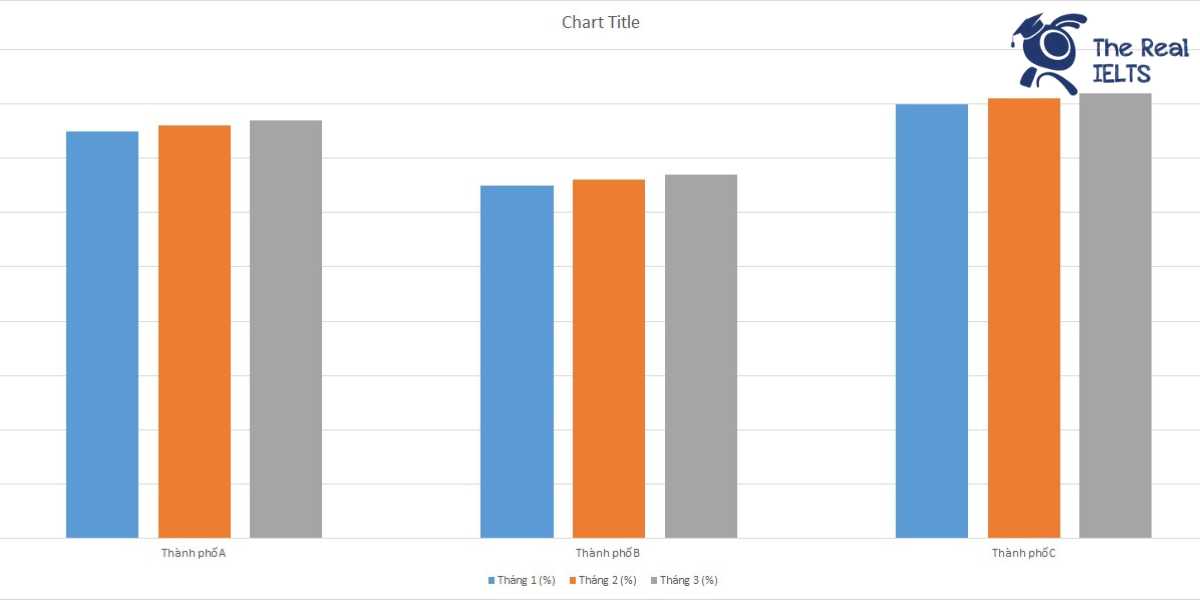Đề bài IELTS Writing Task 2 dạng Positive or Negative entertainment
You should spend about 40 minutes on this task
The trend of using virtual reality in entertainment and education. Do you think this is a positive or negative development?
Write at least 250 words.
Giải mẫu IELTS Writing
The increasing integration of virtual reality (VR) in entertainment and education has sparked considerable debate. Some view this trend as a revolutionary development with immense potential, while others express concerns about its implications. I believe that the use of VR in these fields is largely a positive development, although it does come with certain drawbacks that need to be managed.
Firstly, in the realm of entertainment, VR offers unprecedented levels of immersion and interactivity. Traditional forms of media, such as movies and video games, are limited by their two-dimensional nature. VR, however, allows users to step into a three-dimensional world, providing a more engaging and realistic experience. This not only enhances enjoyment but also opens up new possibilities for storytelling and game design. For instance, VR games can create highly interactive environments where players can explore and interact in ways previously unimaginable. This could lead to greater innovation and creativity within the industry.
In education, the advantages of VR are equally compelling. It has the potential to transform the way students learn by providing immersive educational experiences. For example, VR can simulate historical events, allowing students to “experience” history firsthand. Similarly, it can be used in science education to conduct virtual experiments in a safe and controlled environment. These applications can make learning more engaging and effective by catering to different learning styles and providing practical experiences that are difficult to achieve through traditional methods.
However, there are valid concerns associated with the widespread use of VR. One significant issue is the potential for addiction, particularly in the context of entertainment. The immersive nature of VR can make it highly addictive, leading to excessive use and potential neglect of real-world responsibilities. In education, there is also the risk of over-reliance on technology, which could diminish the importance of fundamental skills such as critical thinking and problem-solving. Additionally, the high cost of VR equipment can create a divide between those who can afford it and those who cannot, potentially exacerbating educational inequalities.
Despite these concerns, I believe that the positive aspects of VR in entertainment and education outweigh the negatives. The key lies in responsible usage and proper regulation. By setting guidelines for usage and ensuring that VR is used as a supplementary tool rather than a replacement for traditional methods, we can harness its benefits while mitigating its drawbacks.
In conclusion, while the trend of using VR in entertainment and education presents certain challenges, it is predominantly a positive development. With careful management and balanced integration, VR has the potential to significantly enhance both fields, offering new and enriching experiences that were previously unattainable.
Thống kê cấu trúc câu và cấu trúc ngữ pháp
Cấu trúc câu:
- Simple sentences (Câu đơn):
- “I believe that the use of VR in these fields is largely a positive development, although it does come with certain drawbacks that need to be managed.”
- Compound sentences (Câu ghép):
- “Some view this trend as a revolutionary development with immense potential, while others express concerns about its implications.”
- Complex sentences (Câu phức):
- “Firstly, in the realm of entertainment, VR offers unprecedented levels of immersion and interactivity.”
- “By setting guidelines for usage and ensuring that VR is used as a supplementary tool rather than a replacement for traditional methods, we can harness its benefits while mitigating its drawbacks.”
Cấu trúc ngữ pháp:
- Present simple tense:
- “The increasing integration of virtual reality (VR) in entertainment and education has sparked considerable debate.”
- “This not only enhances enjoyment but also opens up new possibilities for storytelling and game design.”
- Present continuous tense:
- “The trend of using VR in entertainment and education presents certain challenges.”
- Passive voice:
- “These applications can make learning more engaging and effective.”
- Modal verbs:
- “VR can simulate historical events, allowing students to ‘experience’ history firsthand.”
- “VR has the potential to significantly enhance both fields.”
- Relative clauses:
- “One significant issue is the potential for addiction, particularly in the context of entertainment.”
- “There is also the risk of over-reliance on technology, which could diminish the importance of fundamental skills.”
- Comparative and superlative structures:
- “VR offers unprecedented levels of immersion and interactivity.”
- “Offering new and enriching experiences that were previously unattainable.”
Từ kết nối (linking words) các câu và các đoạn:
- Firstly – Để mở đầu cho lập luận đầu tiên.
- However – Để chỉ sự đối lập, chuyển ý sang một quan điểm khác.
- For instance – Để đưa ra ví dụ minh họa.
- Similarly – Để chỉ sự tương đồng giữa hai ý kiến.
- Despite – Để chỉ sự tương phản, mặc dù có những quan ngại.
- In conclusion – Để tóm tắt và kết luận bài viết.
- By setting – Để chỉ phương pháp hoặc hành động cần thực hiện.
- While – Để chỉ sự đối lập giữa hai vế của câu.
Các từ vựng tiếng Anh cần lưu ý trong bài viết
- Integration – Sự tích hợp
- Virtual reality (VR) – Thực tế ảo
- Revolutionary – Mang tính cách mạng
- Implications – Hệ quả
- Immersion – Sự đắm chìm
- Interactivity – Tính tương tác
- Two-dimensional – Hai chiều
- Three-dimensional – Ba chiều
- Engaging – Hấp dẫn
- Storytelling – Kể chuyện
- Game design – Thiết kế trò chơi
- Innovative – Sáng tạo
- Compelling – Hấp dẫn, thuyết phục
- Transform – Biến đổi
- Simulate – Mô phỏng
- Historical events – Sự kiện lịch sử
- Safe and controlled environment – Môi trường an toàn và kiểm soát
- Learning styles – Các phong cách học tập
- Addiction – Sự nghiện ngập
- Neglect – Sao lãng
- Over-reliance – Sự phụ thuộc quá mức
- Fundamental skills – Kỹ năng cơ bản
- Critical thinking – Tư duy phản biện
- Problem-solving – Giải quyết vấn đề
- High cost – Chi phí cao
- Divide – Sự phân chia
- Inequalities – Sự bất bình đẳng
- Responsible usage – Sử dụng có trách nhiệm
- Proper regulation – Quy định thích hợp
- Guidelines – Hướng dẫn
- Supplementary tool – Công cụ bổ sung
- Drawbacks – Hạn chế
- Predominantly – Chủ yếu
- Careful management – Quản lý cẩn thận
- Balanced integration – Sự tích hợp cân bằng
- Enriching experiences – Những trải nghiệm phong phú
- Unattainable – Không thể đạt được
Đọc thêm các bài Luyện Thi IELTS khác trong link nhé.















